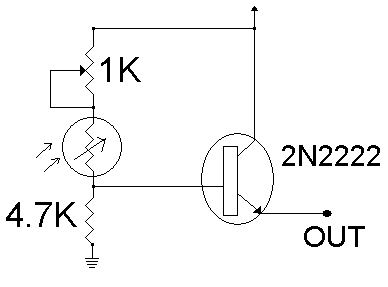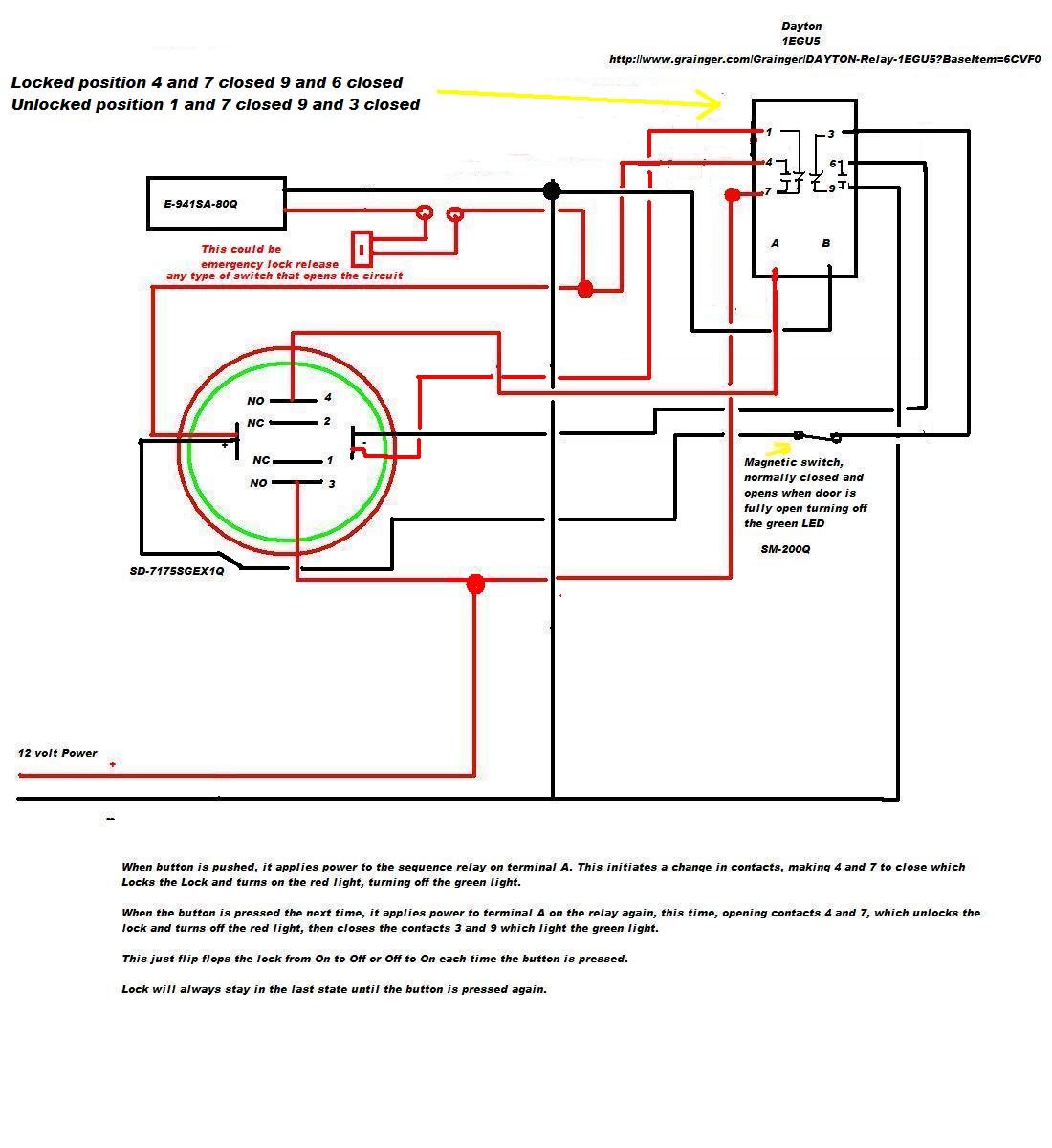
Robotics Art

This page contains links to various projects and items of interest for the RoboticsArt Studio class projects.
The RoboticsArt Studio class projects encompass a range of innovative endeavors that integrate art and robotics. These projects typically involve the design, assembly, and programming of robotic systems that can perform tasks or create artistic expressions. Each project may include various components such as microcontrollers, sensors, actuators, and power supplies, which work together to achieve the desired functionality.
In a typical project, students might select a specific theme or concept to explore, which could involve the creation of interactive installations, kinetic sculptures, or automated systems that respond to environmental stimuli. The projects often require a combination of skills, including electronics design, coding, mechanical engineering, and artistic creativity.
For instance, a project could involve building a robotic arm that can draw or paint based on user input. This would necessitate the integration of servos for movement, a microcontroller for processing commands, and possibly a camera or other sensors to detect the drawing surface. The schematic for such a project would detail the connections between the microcontroller and the servos, the power requirements, and the input mechanisms.
Additionally, safety considerations are paramount in these projects, ensuring that all components are securely mounted and that electrical connections are properly insulated to prevent short circuits or other hazards. The final output of each project can vary widely, showcasing the diverse applications of robotics in artistic expression and interactive design.This page has links to various projects and items of interest for the RoboticsArt Studio class projects.. 🔗 External reference
The RoboticsArt Studio class projects encompass a range of innovative endeavors that integrate art and robotics. These projects typically involve the design, assembly, and programming of robotic systems that can perform tasks or create artistic expressions. Each project may include various components such as microcontrollers, sensors, actuators, and power supplies, which work together to achieve the desired functionality.
In a typical project, students might select a specific theme or concept to explore, which could involve the creation of interactive installations, kinetic sculptures, or automated systems that respond to environmental stimuli. The projects often require a combination of skills, including electronics design, coding, mechanical engineering, and artistic creativity.
For instance, a project could involve building a robotic arm that can draw or paint based on user input. This would necessitate the integration of servos for movement, a microcontroller for processing commands, and possibly a camera or other sensors to detect the drawing surface. The schematic for such a project would detail the connections between the microcontroller and the servos, the power requirements, and the input mechanisms.
Additionally, safety considerations are paramount in these projects, ensuring that all components are securely mounted and that electrical connections are properly insulated to prevent short circuits or other hazards. The final output of each project can vary widely, showcasing the diverse applications of robotics in artistic expression and interactive design.This page has links to various projects and items of interest for the RoboticsArt Studio class projects.. 🔗 External reference





